What is Ambition: How a Great Product Can Propel Your Business To Success
In today’s fast-paced and highly competitive market, having a great product alone is not enough to ensure business success. To truly thrive, companies need a strong sense of ambition to propel their products and services to new heights. In this article, we will explore what ambition is and how it can drive success for businesses when combined with a great product. We will discuss the different types of ambition, such as growth ambition, innovation ambition, and social ambition, and how they can be leveraged to create a competitive advantage. We will also touch on the importance of setting ambitious objectives, overcoming fears that can hinder ambition, and the role that collective ambition plays in high-performing teams. By the end of this article, you will have a better understanding of what ambition is and how it can be harnessed to drive business success in today’s ever-changing market.
Defining Ambition
Ambition can be defined as a strong desire to achieve something significant or to make a difference. In the business world, ambition is a driving force that propels companies forward to achieve their goals and aspirations. It is the willingness to take risks, make bold moves, and continuously improve in pursuit of success.

There are different types of ambition that can be leveraged to create a competitive advantage. Growth ambition, for instance, is the desire to expand a company’s market share, revenue, and profits. Innovation ambition is the drive to create new products or services that meet customer needs and stand out in the market. Social ambition is the desire to make a positive impact on society by addressing social or environmental challenges.
Having a strong sense of ambition is crucial for companies in today’s highly competitive market. It provides a clear direction and purpose, motivates employees, and helps companies differentiate themselves from competitors. However, ambition should be balanced with a clear strategy and a focus on long-term sustainability to ensure lasting success.

Image: World’s first 3D-print of human brain (Alar Kolk) full scale, based on 1100 MR images
The Importance of Ambition Behind a Great Product
While having a great product is essential for a company’s success, ambition plays a critical role in its development and continued improvement. Ambition inspires a company to create innovative and high-quality products that meet customer needs and stand out in the market. It drives a company to continuously improve and evolve its product offerings to maintain relevance and competitiveness.
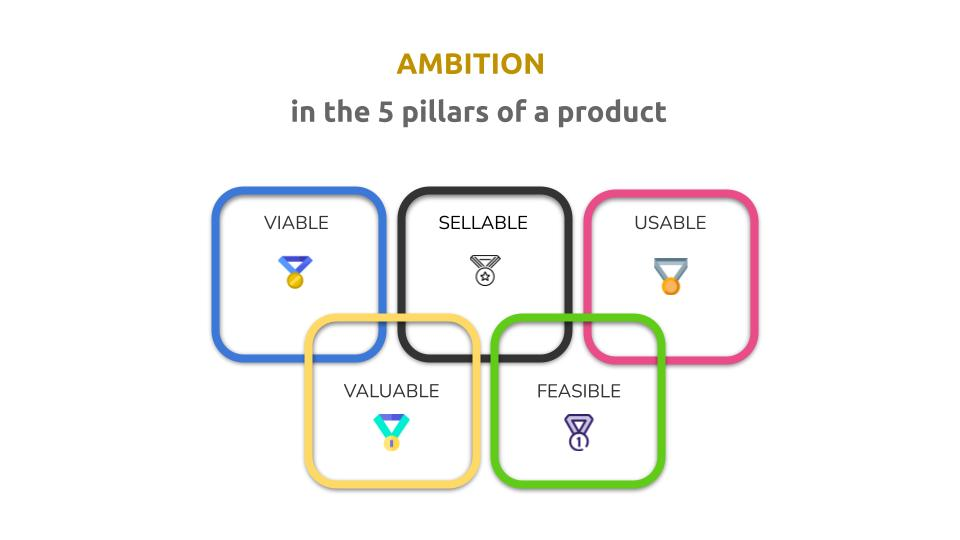
Source: Product framework of EpiProdux: make products customers love
A company’s culture and values also play a crucial role in fostering ambition and driving product development. When a company has a culture that supports risk-taking, innovation, and continuous improvement, it creates an environment that inspires and motivates employees to push beyond their limits and achieve ambitious goals. A clear vision and purpose for the company also help employees understand how their work contributes to the company’s success, giving them a sense of ownership and pride in their work.
A strong sense of ambition behind a great product can also generate significant benefits for the company. Product ambition is a concept that refers to the level of aspiration or desire of a product to disrupt existing standards and challenge status quo. Product ambition is defined with product objectives, collectively know as product vision.
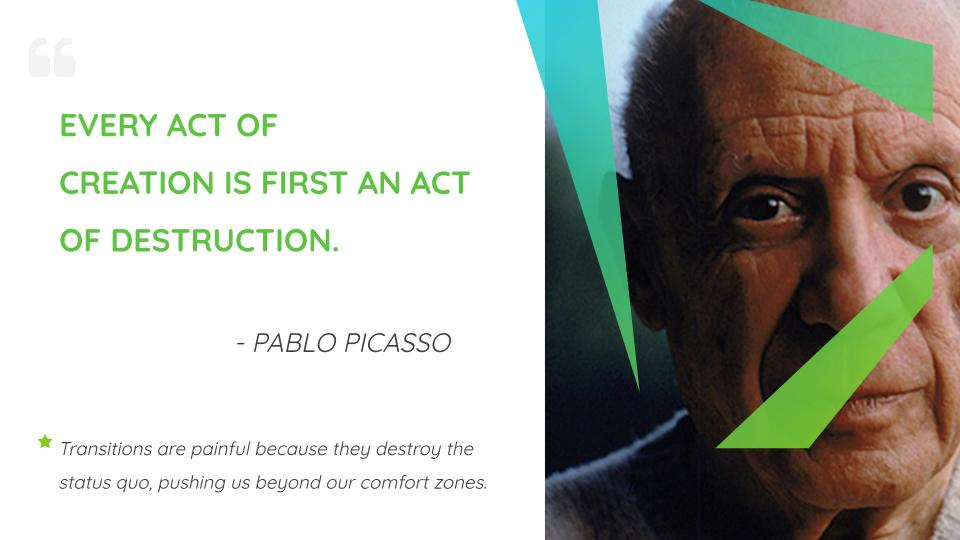
Product ambition can attract investors and partners, generate positive media attention, and create brand loyalty among customers. Ultimately, ambition is a crucial factor that drives a company’s success, and when combined with a great product, it can create a powerful formula for growth and profitability.
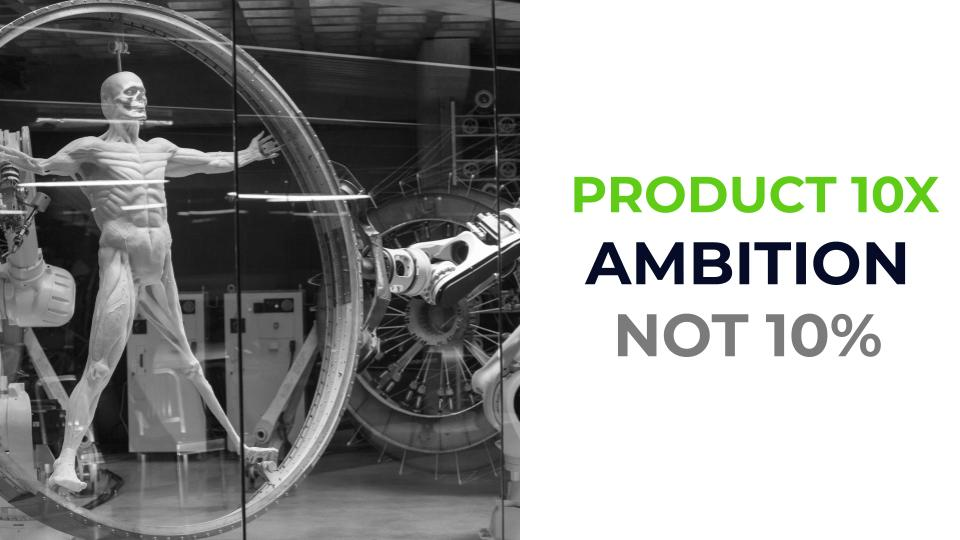
However, it’s important to note that ambition needs to be balanced with a focus on sustainability and ethical considerations. Companies that are too focused on short-term gains and profits may risk sacrificing long-term sustainability, which could ultimately harm their reputation and success. Therefore, companies must strike a balance between ambition and responsible business practices to ensure lasting success.
Furthermore, ambition must also be backed by a sound strategy and execution plan. A great product alone is not enough to guarantee success. A company needs to have a well-defined strategy and execution plan that aligns with its ambition and objectives. This includes understanding the market, identifying customer needs, developing a roadmap for product development and launch, and continuously monitoring and improving performance.

Source: historic product roadmap of AIRBNB with non-linear innovation, by Alar Kolk
In conclusion, the importance of ambition behind a great product cannot be overstated. Ambition is what drives a company to create innovative and high-quality products, differentiate from competitors, and achieve its goals. However, ambition must be balanced with a clear strategy, ethical considerations, and a focus on long-term sustainability to ensure lasting success. When ambition and a great product are combined with a sound strategy and execution plan, they create a powerful formula for growth and profitability.
Fears and Ambition
While ambition is a driving force for success, fear can often hinder it. Fear of failure, fear of success, fear of the unknown, and other anxieties can hold companies back from reaching their full potential. These fears can cause companies to avoid taking risks, playing it safe, and settling for less than they’re capable of achieving.

Product failures are an inevitable part of the innovation process. Even the most successful companies and product teams experience failures at some point in their journey. Product failures can occur for a variety of reasons, such as a lack of market fit, poor product design, or inadequate marketing and sales strategies.

To overcome fears and achieve ambitious objectives, companies need to develop strategies to manage and overcome them. One of the most effective ways to do this is to reframe fear as an opportunity for growth and learning. Failure, for instance, can be viewed as a learning experience that helps companies improve their products and processes.
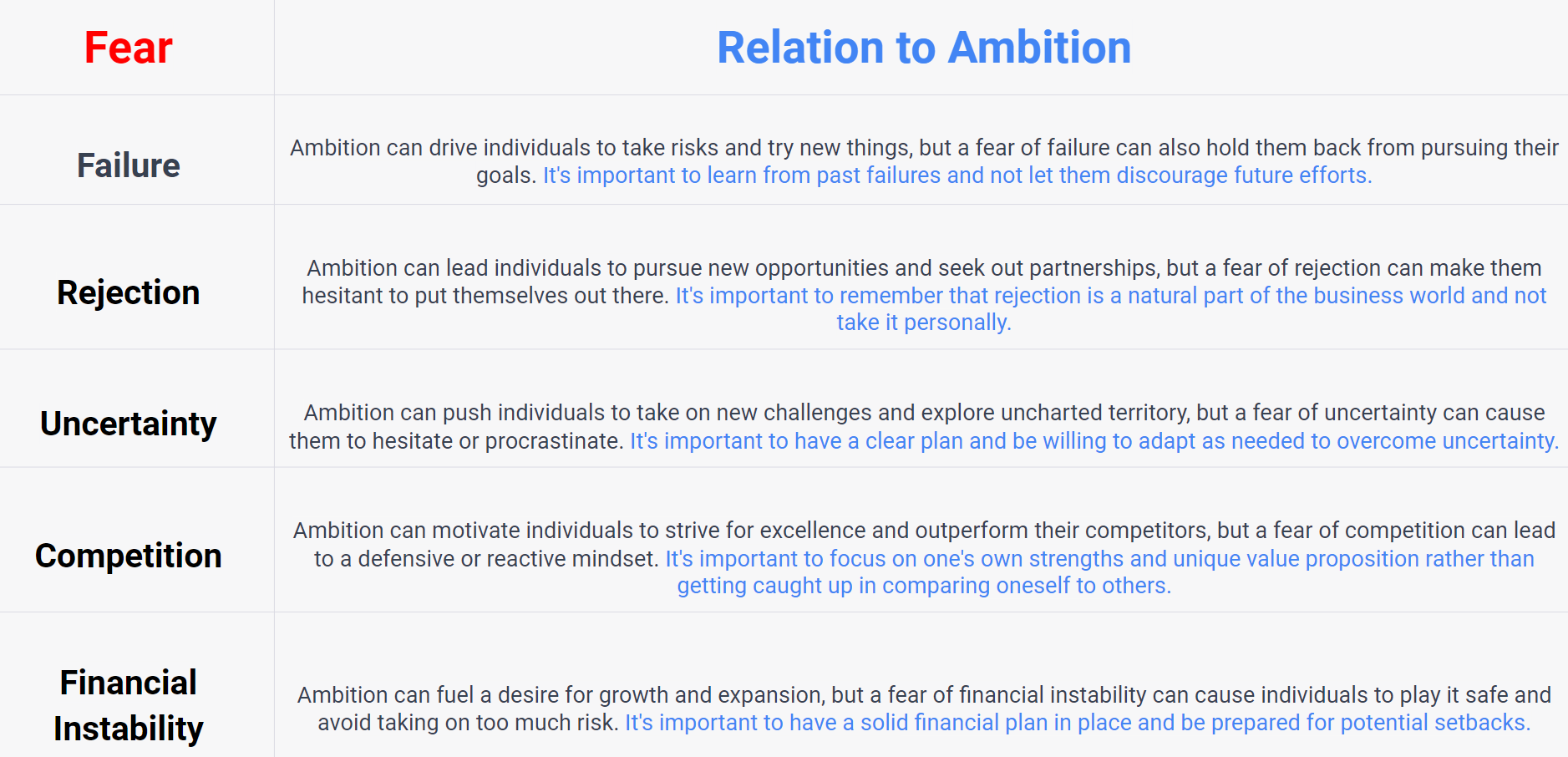
Source: Fears and ambition research by Alar Kolk
Another strategy is to break down ambitious goals into smaller, achievable milestones. This can help companies overcome their fears and gain momentum as they achieve small wins along the way. Additionally, companies should foster a culture that encourages risk-taking, innovation, and learning from mistakes. This helps to create an environment where employees feel safe to take risks and pursue ambitious objectives.
Finally, companies can seek out mentorship and guidance from experienced leaders and experts. This can help to provide guidance, support, and encouragement when facing challenges and setbacks.
It’s important to note that while fear can be a significant obstacle to ambition, it can also be a useful motivator. Fear of failure, for instance, can drive companies to work harder and take calculated risks to achieve their objectives. The key is to manage fear in a way that doesn’t paralyze or prevent companies from taking the necessary steps to achieve their goals.
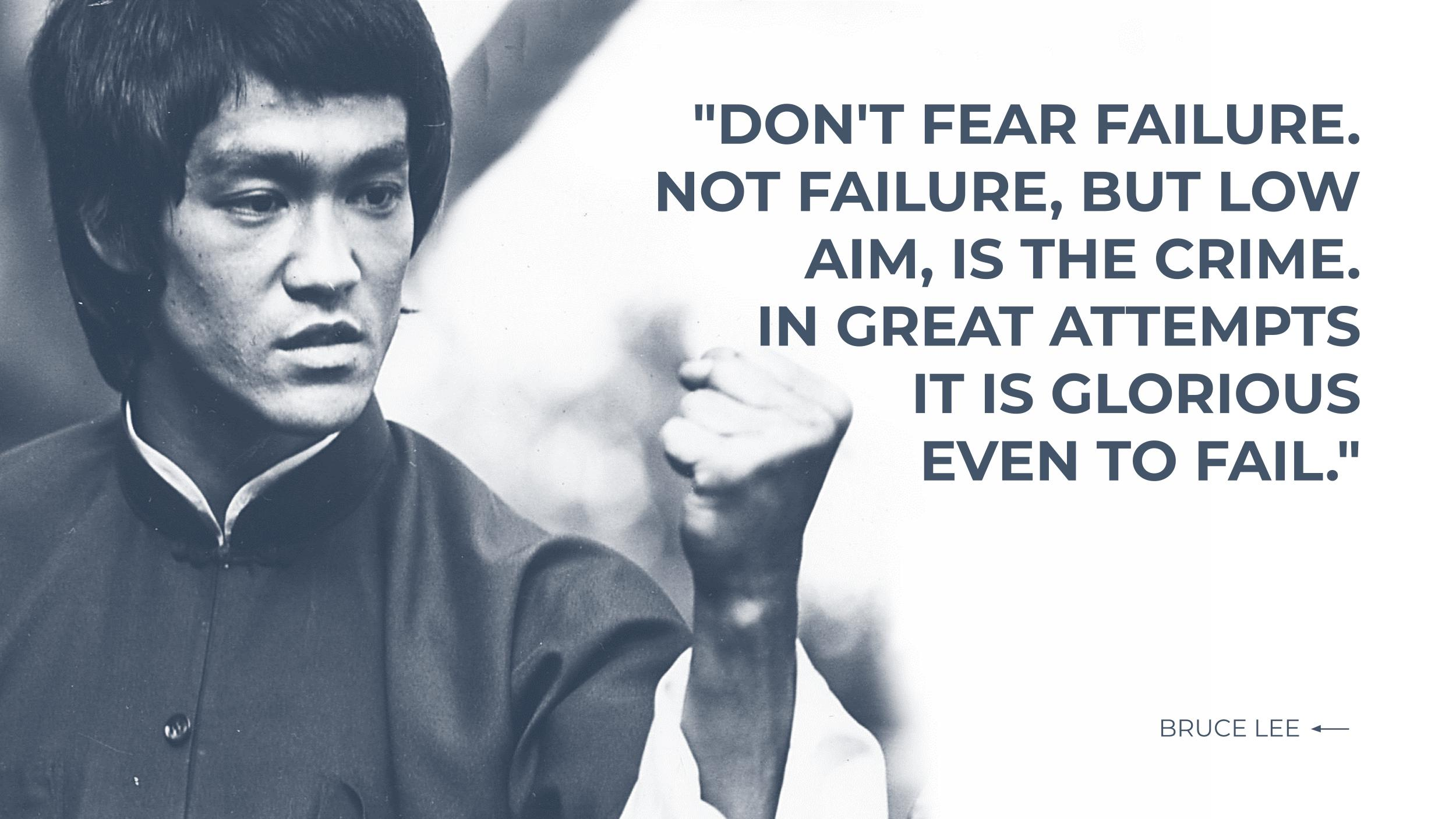
Additionally, companies should be aware of the impact of fear on their employees. Fear can lead to stress, anxiety, and burnout, which can harm productivity, creativity, and innovation. Therefore, companies should provide support, resources, and training to help employees manage their fears and develop the skills and confidence needed to pursue ambitious objectives.
In conclusion, fear and ambition are two sides of the same coin. While fear can be an obstacle to ambition, it can also be a useful motivator. Companies that manage their fears effectively can harness the power of ambition to achieve their goals and reach their full potential. By providing support, resources, and training to help employees manage their fears, companies can create an environment that fosters ambition, innovation, and success.

Illustration: The Dance of Death represent fears of product and business failures. Created by Alar Kolk with MidJourney, inspired by Bernt Notke
The Power of Collective Ambition in High Performing Teams
While individual ambition is important for driving success, collective ambition in high-performing teams can be even more powerful. When team members share a common sense of purpose and ambition, they are more likely to collaborate, communicate effectively, and work towards a shared goal.
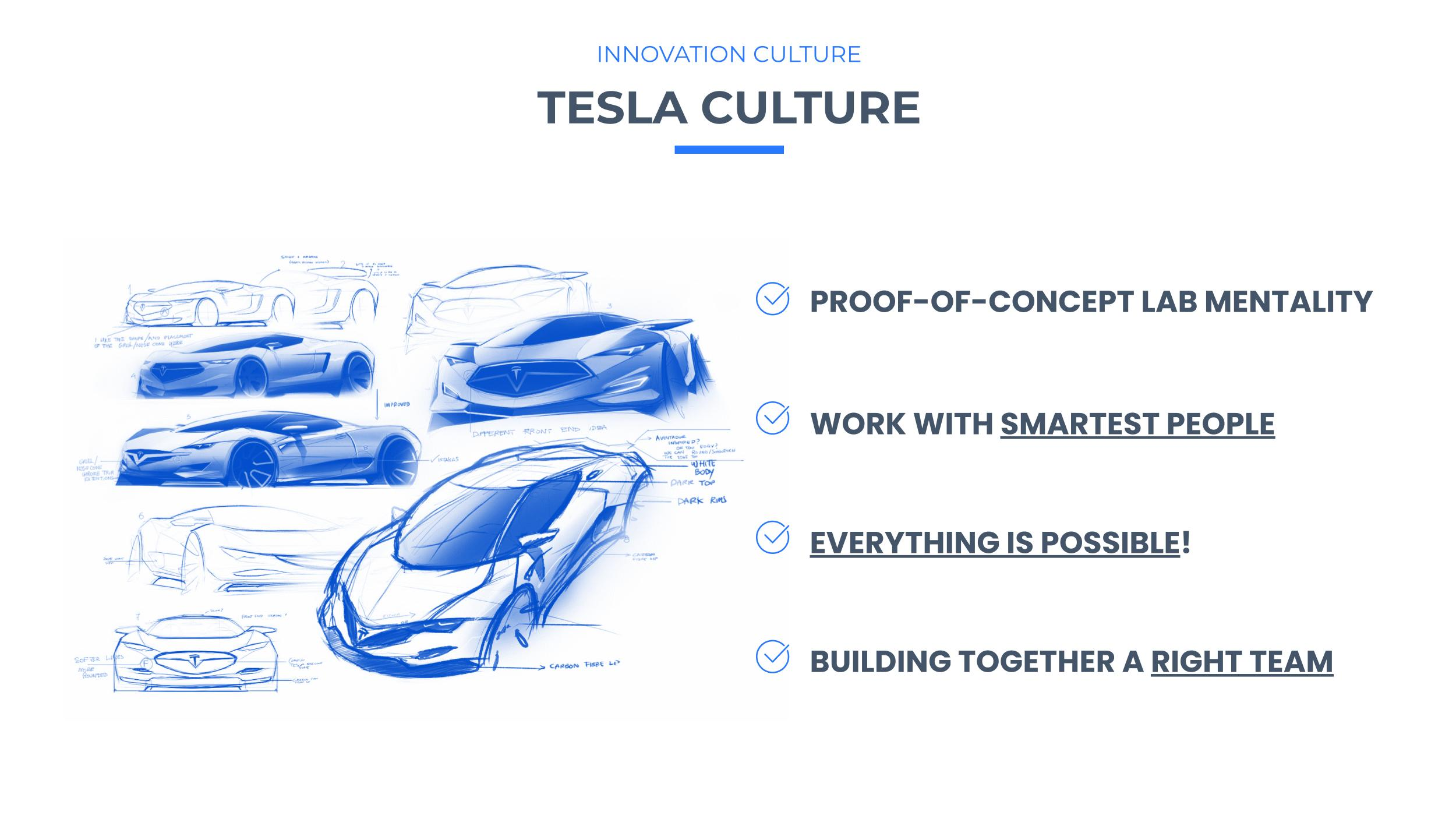
Collective ambition creates a sense of unity and shared ownership among team members, which can help to increase productivity, creativity, and innovation. When team members feel invested in the success of the team, they are more likely to take ownership of their work and feel a sense of pride in their contributions.
Furthermore, collective ambition can help to drive accountability and performance. When team members share a common sense of purpose and ambitious goals, they are more likely to hold each other accountable and push each other to achieve their best. This can lead to improved performance, better outcomes, and a sense of accomplishment.

Examples of companies that have leveraged collective ambition to drive success include Google and Amazon. Both companies have a strong culture that fosters collaboration, innovation, and continuous improvement, and they encourage their employees to pursue ambitious goals and take calculated risks.
Creating Culture of Collective Ambition
It’s important to note that creating a culture of collective ambition requires leadership, communication, and a focus on shared values and goals. Leaders must set a clear vision and purpose for the team, communicate effectively, and provide support and resources to help team members achieve their objectives. They must also foster an environment that encourages collaboration, innovation, and learning from mistakes.
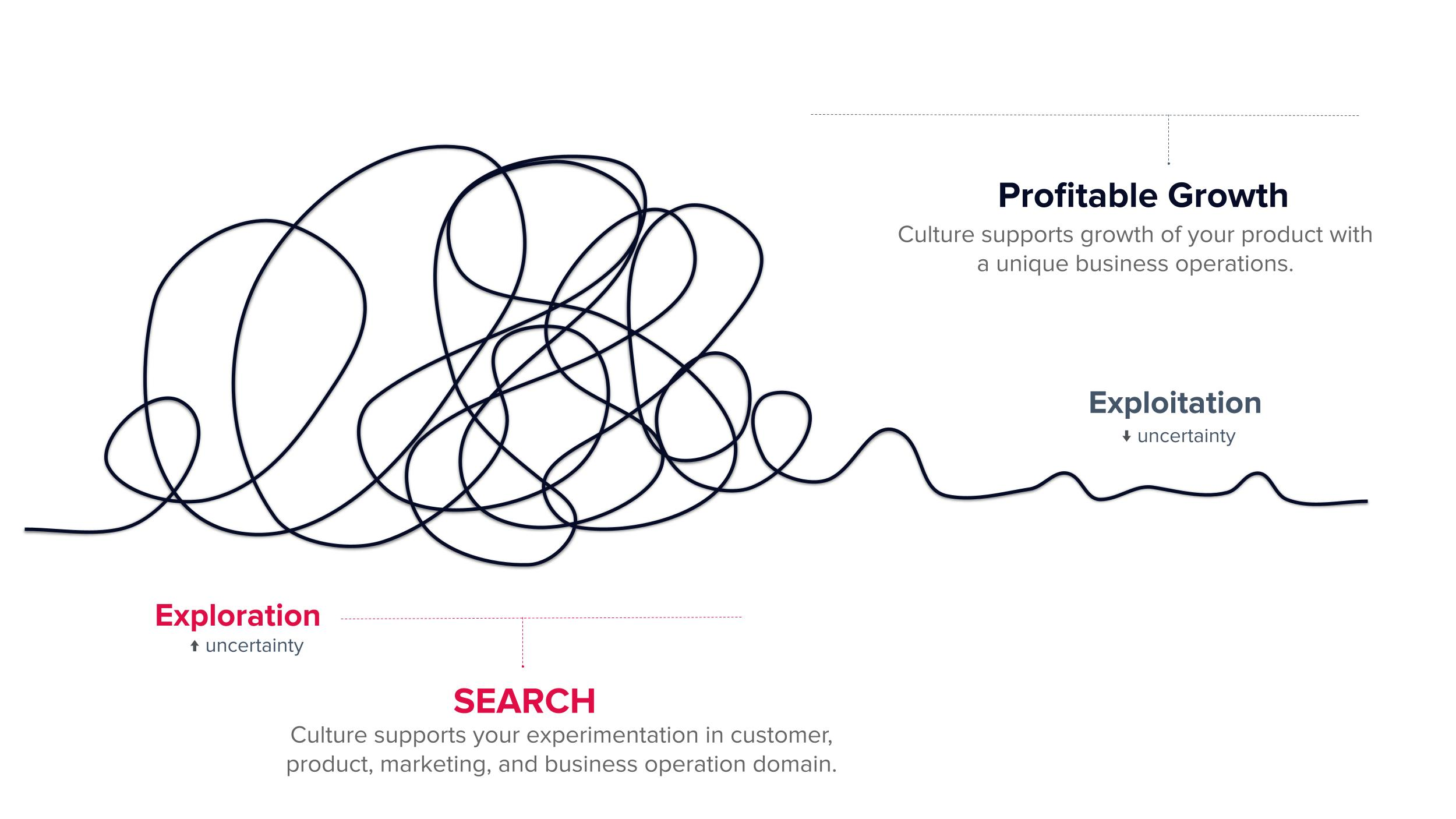
Additionally, it’s important to ensure that individual ambition is aligned with collective ambition. While individual ambition can drive success, it must be balanced with a focus on team goals and objectives. Team members must be willing to put aside personal goals and agendas for the good of the team, and leaders must create a culture that rewards collaboration and team success.
Finally, companies must ensure that their collective ambition is balanced with a focus on sustainability and ethical considerations. High-performing teams that are too focused on short-term gains and profits may risk sacrificing long-term sustainability, which could ultimately harm the team’s reputation and success. Therefore, companies must strike a balance between collective ambition and responsible business practices to ensure lasting success.
To develop a culture of collective ambition, companies can implement various strategies, including:
Encouraging open communication:
Team members should feel comfortable sharing their ideas, concerns, and feedback with each other and their leaders. Leaders should actively seek input from team members and provide regular feedback to ensure everyone is on the same page.
Recognizing and rewarding success:
Companies should recognize and reward team members who contribute to the team’s success. This can include bonuses, promotions, and public recognition. Rewards should be aligned with the team’s objectives and values to reinforce a culture of collective ambition.
Providing opportunities for growth and development:
Companies should provide opportunities for team members to learn new skills, take on new challenges, and develop their careers. This helps to keep team members engaged, motivated, and invested in the team’s success.
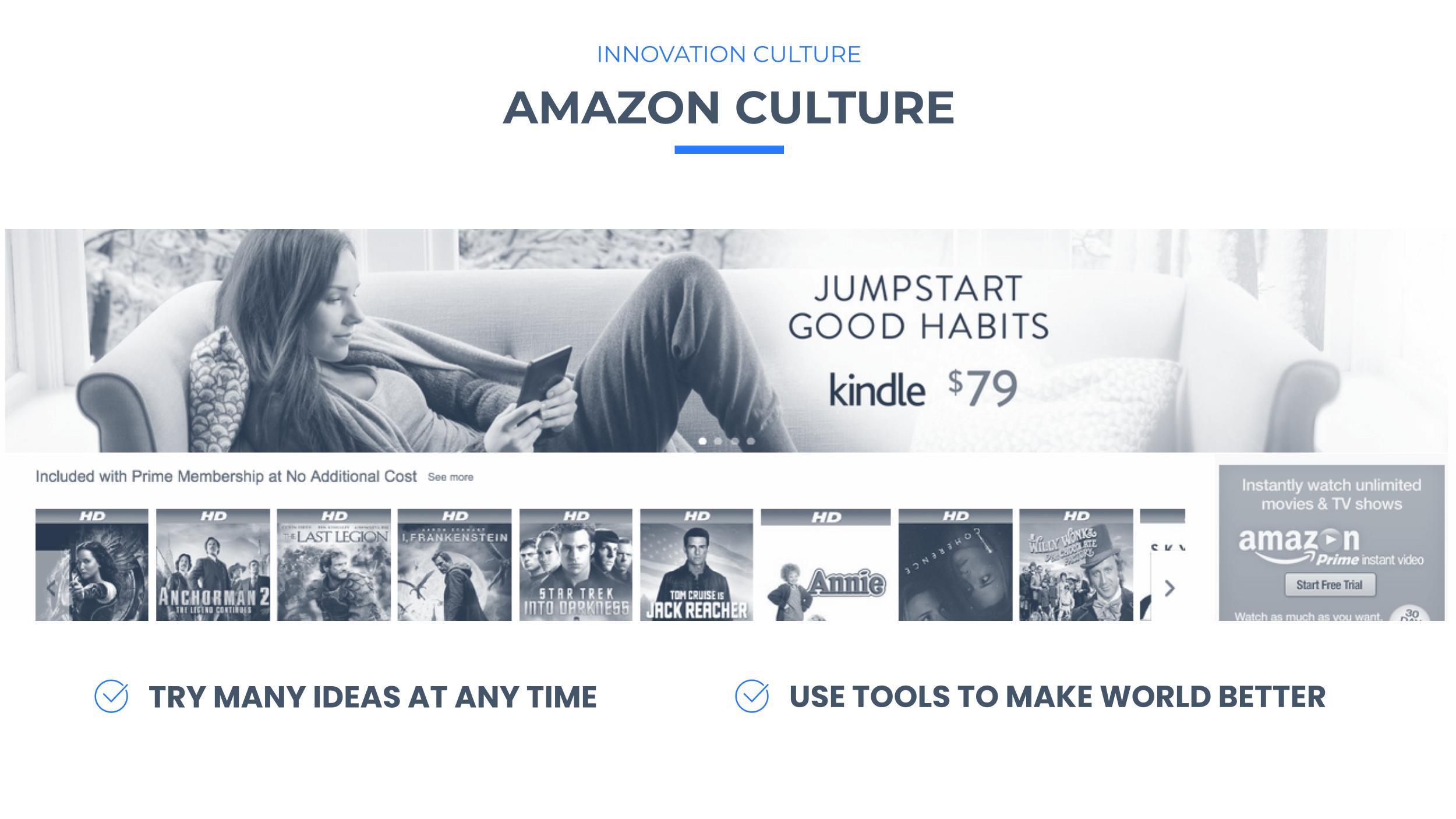
Fostering a sense of belonging:
Companies should create an environment where team members feel valued, respected, and included. This can include team-building activities, social events, and initiatives that promote diversity and inclusion.
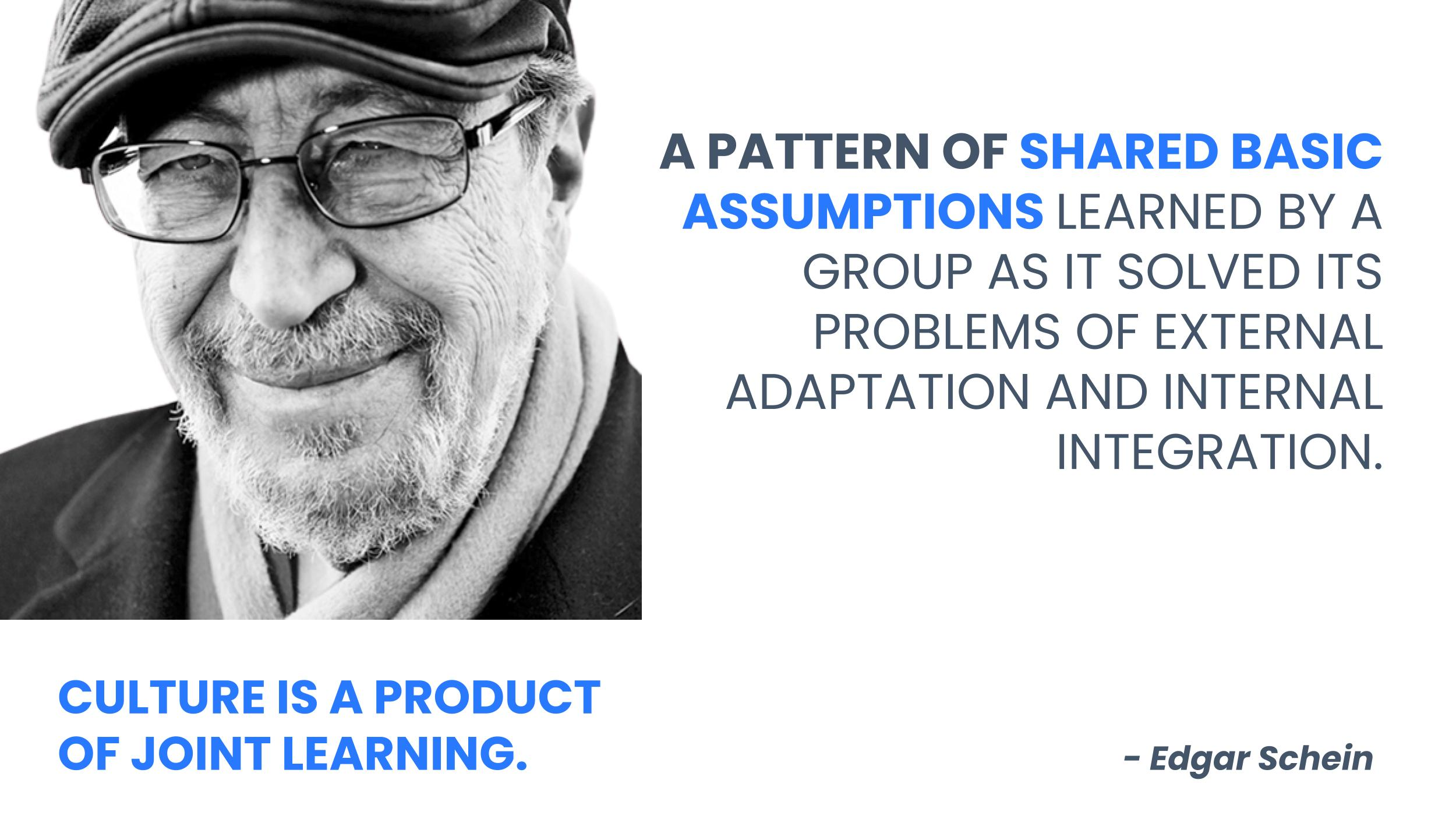
In conclusion, developing a culture of collective ambition requires a commitment to collaboration, communication, and shared values and objectives. By implementing strategies to foster collaboration, recognize success, provide opportunities for growth and development, and foster a sense of belonging, companies can create high-performing teams that are driven by collective ambition and achieve ambitious objectives.
Setting Ambitious Objectives
Setting ambitious objectives is crucial for driving business ambition and product development. Ambitious objectives provide a clear direction and purpose for the company, motivate employees, and guide the company’s growth and development.

When setting ambitious objectives, it’s important to ensure they are clear, measurable, and aligned with the company’s mission and values. This includes identifying Objectives and Key Results (OKRs) that can be tracked and measured to evaluate progress and success. For instance, a company may set an objective to increase market share by 10% within the next year, launch a new product line, or expand into a new market.
Ambitious objectives can also provide motivation and inspiration for employees. When employees are given clear objectives and OKRs to achieve, they are more likely to feel a sense of ownership and pride in their work. This can drive productivity, innovation, and collaboration, leading to improved performance and outcomes.
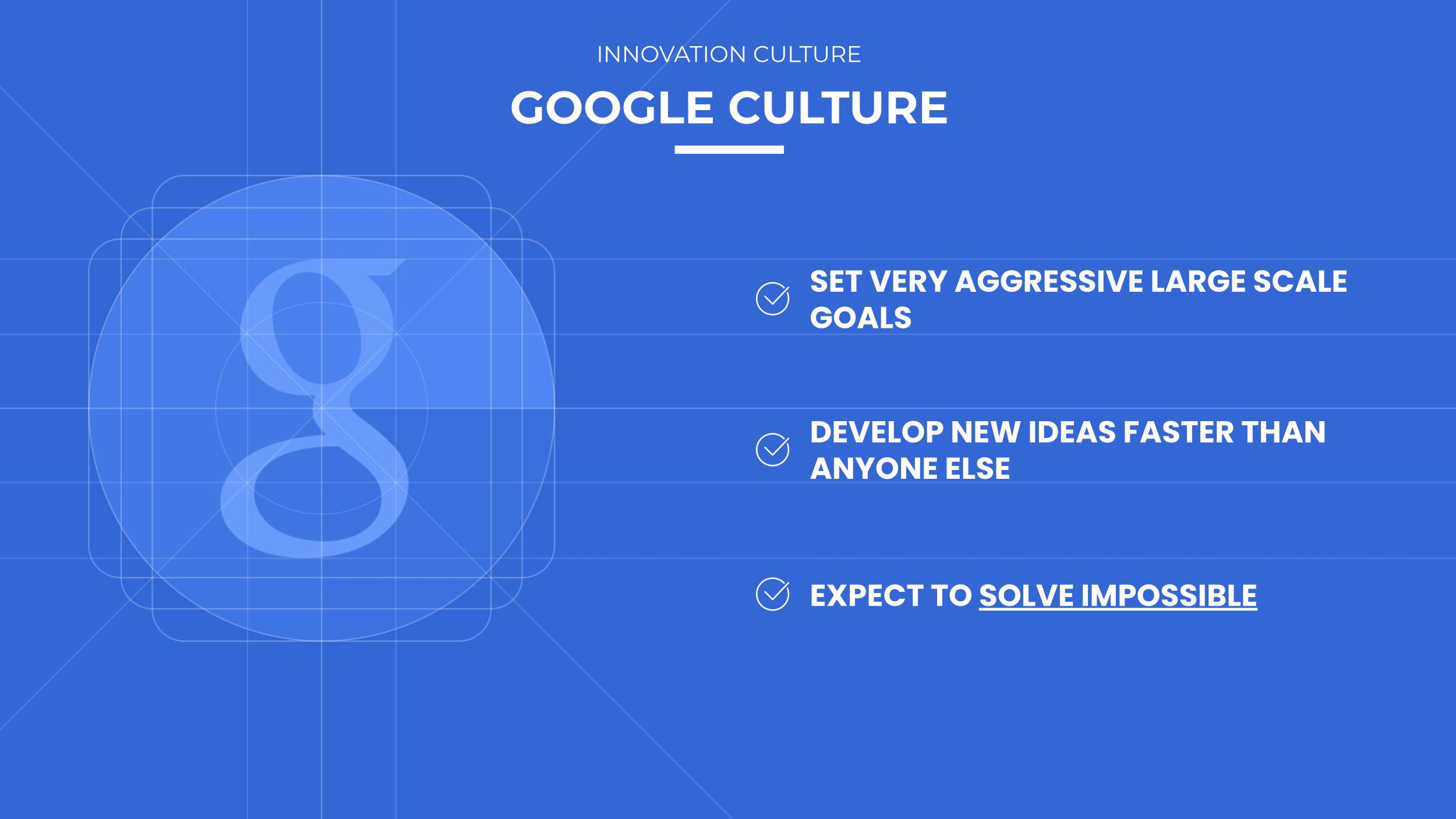
Furthermore, ambitious objectives can help to differentiate a company from competitors. When a company sets ambitious goals, it sends a message to customers, investors, and partners that it is committed to growth and innovation. This can attract new customers, generate positive media attention, and create a competitive advantage in the market.
It’s important to note that setting ambitious objectives requires careful planning and execution. Companies need to ensure that their objectives are realistic and achievable, while also pushing the boundaries and driving innovation. This requires a deep understanding of the market, customer needs, and competitive landscape, as well as a willingness to take calculated risks and invest in research and development.
Additionally, companies should regularly review and adjust their objectives to ensure they remain relevant and aligned with the company’s goals and vision. This includes monitoring KPIs, evaluating progress, and adjusting strategies as needed to stay on track.
Finally, it’s important to ensure that ambitious objectives are balanced with a focus on sustainability and ethical considerations. Companies that are too focused on short-term gains and profits may risk sacrificing long-term sustainability, which could ultimately harm their reputation and success. Therefore, companies must strike a balance between ambition and responsible business practices to ensure lasting success.
In conclusion, setting ambitious objectives is a critical component of driving business ambition and product development. By setting clear and measurable objectives that align with the company’s mission and values, companies can motivate employees, attract new customers, and differentiate themselves from competitors. However, setting ambitious objectives requires careful planning, execution, and a focus on sustainability to ensure lasting success.
The Relationship Between Ambition and a Great Product
A great product and ambition are two sides of the same coin. A great product can be a result of ambitious thinking and the drive to create something innovative, unique, and valuable for customers. Ambition provides the motivation and direction for companies to create products that stand out in the market and meet customer needs.
When a company has a clear sense of ambition and purpose, it is more likely to invest in research and development, take calculated risks, and push beyond its limits to create a great product. A great product, in turn, can further fuel the company’s ambition, creating a virtuous cycle of innovation and growth.
Moreover, a great product can help companies achieve their ambitious objectives. It can differentiate the company from competitors, attract new customers, and generate positive media attention. This, in turn, can help the company achieve its growth and profitability objectives.
However, it’s important to note that a great product alone is not enough to guarantee success. Companies need a strong sense of ambition and a well-defined strategy and execution plan to leverage the full potential of their products. A great product, coupled with ambition and a sound strategy, can create a powerful formula for success.

Furthermore, a great product can also help companies to achieve their social ambition. Social ambition refers to a company’s desire to make a positive impact on society through its products, services, and practices. A great product that solves a pressing social problem or addresses a social need can help companies achieve their social ambition and generate positive social impact.
For instance, companies that develop products that are environmentally friendly, socially responsible, or promote social justice can create a positive impact on society and build a loyal customer base. These companies can leverage their social ambition and great product to differentiate themselves from competitors and create a positive brand image that resonates with customers.
Finally, it’s important to note that the relationship between ambition and a great product is not static but dynamic. Companies must continuously innovate and push beyond their limits to create new and improved products that meet changing customer needs and market trends. This requires a constant sense of ambition and a culture of innovation and learning.
Moreover, the relationship between ambition and a great product is also influenced by external factors such as economic conditions, regulatory changes, and technological advancements. Companies must be agile and adaptable to these changes to leverage their ambition and great product and stay ahead of the competition.
In conclusion, the relationship between ambition and a great product is dynamic, multifaceted, and constantly evolving. Companies must continuously innovate, be agile and adaptable, and foster a culture of ambition, innovation, and learning to leverage their great product and achieve lasting success. By balancing ambition with a focus on sustainability and responsible business practices, companies can create a positive impact on society, differentiate themselves from competitors, and achieve ambitious objectives.
Ambition of Transformation
Ambition can play a critical role in the transformation of products and businesses. The transformation of products and businesses can take many forms, but can be broadly categorized into three paths:
- molecule based transformation,
- bytes based transformation,
- electrons based transformation.
Designing ambition into each transformation requires a clear understanding of the company’s objectives, values, and capabilities.
Here are some strategies for designing ambition into each transformation:
Molecule-based transformation:
To design ambition into molecule-based transformation, companies should focus on developing sustainable and innovative materials that meet the needs of customers while reducing environmental impact. Companies can set ambitious goals for reducing waste and improving manufacturing processes, and invest in research and development to create new materials that are more efficient, durable, and cost-effective.
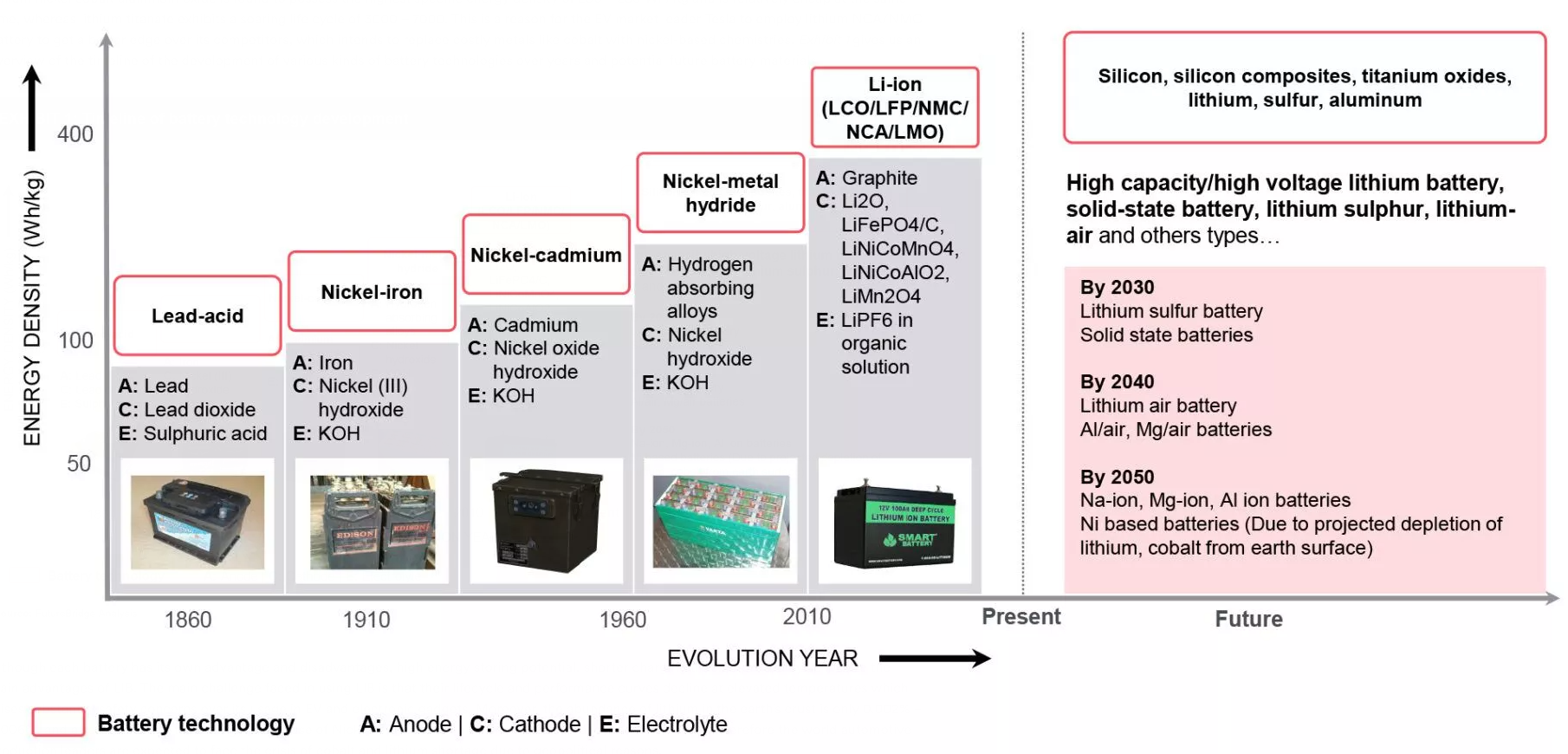
Source: FutureBridge, Timeline of Battery Technology
Bytes-based transformation:
To design ambition into bytes-based transformation, companies should focus on developing software and services that solve complex problems, provide unique value propositions to customers, and improve efficiency. Companies can set ambitious goals for enhancing customer experiences and improving supply chain management, and invest in research and development to create new technologies that use artificial intelligence, machine learning, and blockchain to improve performance.
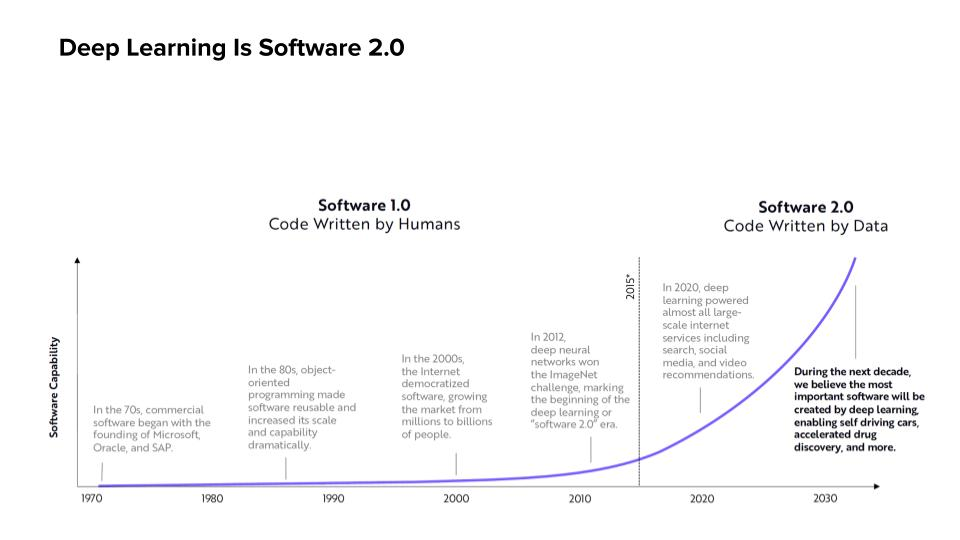
Electrons-based transformation:
To design ambition into electrons-based transformation, companies should focus on developing new energy sources, improving energy efficiency, and reducing carbon emissions. Companies can set ambitious goals for reducing dependence on fossil fuels, increasing energy storage capacity, and improving energy transmission and distribution. They can invest in research and development to create new battery technologies, solar panels, wind turbines, and other renewable energy sources.
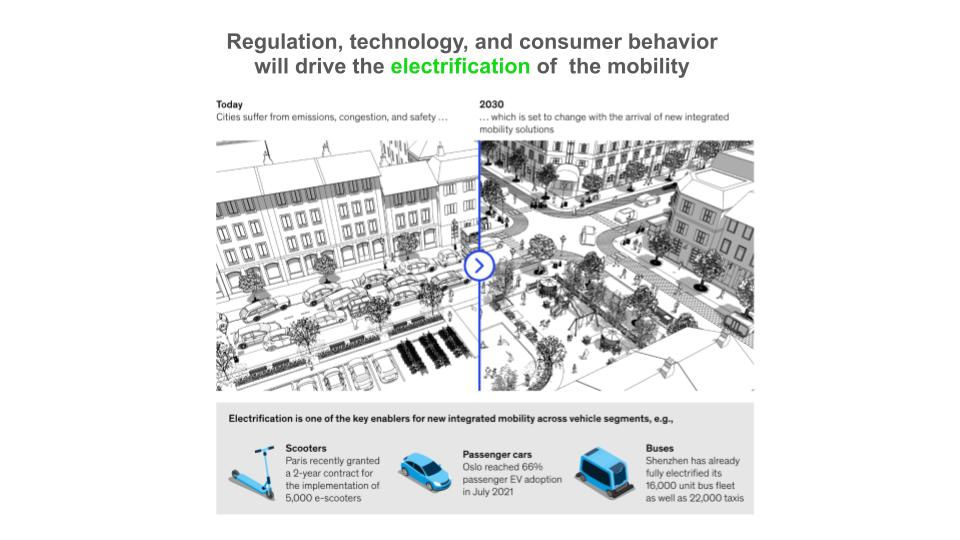
Setting Ambitious Product Objectives in the Transformations
Setting ambitious goals in the three transformations – molecule-based, bytes-based, and electrons-based – requires a deep understanding of emerging technological, economical, and customer opportunities. Here are some strategies for setting ambitious goals in each transformation:
Molecule-based transformation:
To set ambitious product objectives in molecule-based transformation, companies should focus on emerging technological opportunities such as advanced manufacturing, robotics, and biotechnology. They should also consider economic opportunities such as reducing waste and improving supply chain efficiency, and customer opportunities such as developing sustainable and innovative materials that meet the needs of customers. By leveraging these opportunities, companies can set ambitious goals for reducing environmental impact, improving manufacturing processes, and creating new products that are more sustainable and efficient.
Bytes-based transformation:
To set product objectives in bytes-based transformation, companies should focus on emerging technological opportunities such as artificial intelligence, machine learning, and blockchain. They should also consider economic opportunities such as improving customer experiences and reducing costs, and customer opportunities such as providing personalized and convenient services that meet the needs of customers. By leveraging these opportunities, companies can set ambitious goals for developing new software and services that use advanced technologies to solve complex problems, improve efficiency, and create value for customers.
Electrons-based transformation:
To set product objectives in electrons-based transformation, companies should focus on emerging technological opportunities such as renewable energy sources, energy storage, and smart grid technologies. They should also consider economic opportunities such as reducing costs and improving energy efficiency, and customer opportunities such as providing clean and reliable energy that meets the needs of customers. By leveraging these opportunities, companies can set ambitious product objectives for reducing dependence on fossil fuels, improving energy storage capacity, and developing new energy sources that are more sustainable and efficient.
Ambition Design Process (ADP)
Designing ambition into products, businesses, and teams requires a step-by-step process that involves a clear understanding of the company’s goals, values, and capabilities, as well as a willingness to invest in research and development, collaboration, and continuous improvement. Here are some steps in the ambition design process:
Define the mission and vision:
The first step in the ambition design process is to define the mission and vision of the company. This involves identifying the purpose of the company and the long-term goals that it wants to achieve. The mission and vision should be aligned with the company’s values and capabilities, and should provide a clear direction for the company’s activities.
Identify emerging opportunities:
The second step is to identify emerging technological, economical, and customer opportunities that can drive transformation and create value for customers and stakeholders. This involves conducting research, analyzing market trends, and engaging with customers and stakeholders to understand their needs and preferences.

Image: emerging business and technology opportunities by DHL
Set ambitious goals:
The third step is to set ambitious goals that align with the company’s mission, vision, and emerging opportunities. These goals should be specific, measurable, achievable, relevant, and time-bound. They should also be aligned with the company’s values and capabilities, and should balance ambition with a focus on sustainability and responsible business practices.
Develop a strategy:
The fourth step is to develop a strategy for achieving the ambitious goals. This involves identifying the resources and capabilities needed to achieve the goals, and developing a plan for acquiring or developing those resources and capabilities. The strategy should also address potential challenges and risks associated with the transformation process, and should include metrics and benchmarks for measuring progress.
Foster a culture of innovation and collaboration:
The fifth step is to foster a culture of innovation and collaboration within the company. This involves creating cross-functional teams that bring together experts from different fields, and encouraging open communication, experimentation, and continuous learning. It also involves developing partnerships with other companies and organizations, and engaging with customers and stakeholders to understand their needs and preferences.
Monitor and adjust:
The final step is to monitor progress and adjust the strategy as needed. This involves measuring performance against the metrics and benchmarks established in the strategy, and making adjustments based on feedback from customers and stakeholders, changes in the market, or unexpected challenges or risks.
In addition, it is important to note that the ambition design process is not a one-time event, but rather a continuous process of learning, experimentation, and improvement. As the company progresses towards its goals, it may encounter new opportunities, challenges, and risks that require adjustments to the strategy or goals. Therefore, it is important to monitor progress regularly and be open to making changes as needed.
Furthermore, the ambition design process can be applied not only to products and businesses but also to teams. By setting ambitious goals and fostering a culture of innovation and collaboration within teams, companies can empower their employees to think creatively and contribute to the success of the company. This can lead to increased job satisfaction, higher employee retention, and improved performance.
Entrepreneur and innovator Alar Kolk invented the the Ambition Design Process (ADP) process, which provides a step-by-step approach to setting ambitious business goals, product objectives, developing a strategy, fostering a culture of innovation and collaboration, and monitoring progress. The ADP was developed based on:
-
extensive data and analysis of 1200 startup teams of European Innovation Academy between 2012 – 2023,
-
longitudinal research of Fortune 500 companies’ visions and missions analysis,
-
620 established businesses’ products analysis under Alar Kolk’s acceleration programs in Portugal, India, Germany, Finland, Denmark, Italy, USA, France, and Estonia
-
220 product teams acceleration of Amadeus corporation, SEB bank, Crédit Agricole, Banco Santander, Intesa Sanpaolo, Ferrero, Fiat, Ericsson, ABB, and many others.
-
analysis of 640 corporate R&D projects ambition patterns.
-
coaching models and insights analysis of 320 business, IT, and marketing mentors (2012 – 2023)
To facilitate the implementation of the ADP, Kolk developed the EpiProdux.com software. This software uses AI tools to manage the Ambition Design Process for businesses pursuing product-led growth. The software helps businesses to define their mission and vision, identify emerging opportunities, set ambitious goals, develop a strategy, foster a culture of innovation and collaboration, and monitor progress.
By leveraging the Ambition Design Process and EpiProdux.com software, businesses can achieve lasting success and create a positive impact on society. This unique approach to setting ambitious goals and developing a strategy for achieving them can help businesses to drive innovation, growth, and transformation. Moreover, it empowers businesses to balance ambition with a focus on sustainability and responsible business practices, creating a more ethical and sustainable business landscape.
In conclusion, the ambition design process is a powerful tool for driving transformation and creating value for customers and stakeholders. By following a step-by-step process that involves setting ambitious goals, developing a strategy, fostering a culture of innovation and collaboration, and monitoring progress, companies can achieve lasting success while making a positive impact on society. Moreover, by applying the ambition design process to teams, companies can empower their employees to contribute to the success of the company and achieve their full potential.
Examples of Companies That Leveraged Ambition and a Great Product
Hereby we provide real-life examples of companies that have successfully leveraged ambition and a great product to drive growth and profitability. There are many examples of companies that have leveraged ambition and a great product to achieve success. Some of these examples include:
- Tesla: Tesla is a company that has leveraged ambition and a great product to disrupt the automotive industry. Tesla’s ambition is to create sustainable transportation that is accessible and affordable for everyone. The company’s focus on electric vehicles and renewable energy has helped it differentiate itself from traditional automakers and attract customers who value sustainability and innovation.
- Amazon: Amazon is a company that has leveraged ambition and a great product to become one of the largest e-commerce companies in the world. Amazon’s ambition is to provide customers with a seamless shopping experience that is fast, convenient, and affordable. The company’s focus on customer service, innovation, and continuous improvement has helped it differentiate itself from competitors and create a loyal customer base.
- Patagonia: Patagonia is a company that has leveraged ambition and a great product to create a positive impact on society. Patagonia’s ambition is to provide high-quality outdoor gear and apparel while promoting environmental sustainability and social responsibility. The company’s focus on sustainability, responsible business practices, and activism has helped it differentiate itself from competitors and create a loyal customer base that shares its values.
- Airbnb: Airbnb is a company that has leveraged ambition and a great product to disrupt the hospitality industry. Airbnb’s ambition is to provide travelers with unique and authentic experiences by connecting them with local hosts who offer accommodations that are more affordable and personalized than traditional hotels. The company’s focus on user experience, safety, and trust has helped it differentiate itself from competitors and build a loyal customer base.
- Netflix: Netflix is a company that has leveraged ambition and a great product to disrupt the entertainment industry. Netflix’s ambition is to provide customers with a personalized and on-demand streaming experience that is affordable and convenient. The company’s focus on original content, data-driven recommendations, and seamless user experience has helped it differentiate itself from traditional broadcasters and attract a global audience.
- Chanel: Chanel is a luxury fashion brand that has leveraged ambition and a great product to become an icon of style and elegance. Chanel’s ambition is to create timeless and chic fashion products that empower women and celebrate individuality. The company’s focus on design, quality, and craftsmanship has helped it differentiate itself from competitors and build a loyal customer base.
- SpaceX: SpaceX is a company that has leveraged ambition and a great product to disrupt the space industry. SpaceX’s ambition is to reduce the cost of space travel and enable humans to become a multi-planetary species. The company’s focus on reusable rockets, rapid iteration, and technological innovation has helped it differentiate itself from traditional space agencies and attract partnerships with NASA and other government entities.
- Beyond Meat: Beyond Meat is a company that has leveraged ambition and a great product to disrupt the food industry. Beyond Meat’s ambition is to provide consumers with plant-based meat alternatives that are healthier, more sustainable, and taste like real meat. The company’s focus on taste, nutrition, and environmental sustainability has helped it differentiate itself from traditional meat producers and attract partnerships with major fast-food chains.
- Gucci: Gucci is a luxury fashion brand that has leveraged ambition and a great product to become one of the most recognizable fashion brands in the world. Gucci’s ambition is to create luxurious and innovative fashion products that capture the zeitgeist of contemporary culture. The company’s focus on design, craftsmanship, and brand storytelling has helped it differentiate itself from competitors and build a loyal customer base.
- Peloton: Peloton is a company that has leveraged ambition and a great product to disrupt the fitness industry. Peloton’s ambition is to provide consumers with a high-quality and convenient fitness experience that can be accessed from the comfort of their own home. The company’s focus on community, engagement, and personalization has helped it differentiate itself from traditional gym memberships and attract a loyal customer base.
- Louis Vuitton: Louis Vuitton is a luxury fashion brand that has leveraged ambition and a great product to become a symbol of luxury and sophistication. Louis Vuitton’s ambition is to create high-quality and innovative fashion products that reflect the brand’s heritageand values. The company’s focus on design, craftsmanship, and sustainability has helped it differentiate itself from competitors and build a loyal customer base.
- Stripe: Stripe is a fintech company that has leveraged ambition and a great product to simplify online payment processing. Stripe’s ambition is to create a payment platform that makes it easy for businesses to accept payments online, without the need for a merchant account or a payment gateway. The company’s focus on innovation, security, and user experience has helped it differentiate itself from traditional payment processors and attract a global customer base.
- Robinhood: Robinhood is a fintech company that has leveraged ambition and a great product to democratize access to financial markets. Robinhood’s ambition is to provide consumers with an easy and affordable way to invest in stocks, ETFs, and cryptocurrencies. The company’s focus on simplicity, transparency, and accessibility has helped it differentiate itself from traditional brokerage firms and attract a loyal customer base.
- Skanska: Skanska is a construction company that has leveraged ambition and a great product to become a leader in sustainable construction. Skanska’s ambition is to create buildings and infrastructure that are environmentally friendly, socially responsible, and financially viable. The company’s focus on innovation, safety, and sustainability has helped it differentiate itself from competitors and attract a global customer base.
- Amazon: Amazon is a retail and ecommerce company that has leveraged ambition and a great product to become one of the largest retailers in the world. Amazon’s ambition is to provide customers with a vast selection of products, low prices, and convenient delivery options. The company’s focus on innovation, customer service, and data-driven decision-making has helped it differentiate itself from traditional retailers and attract a loyal customer base.
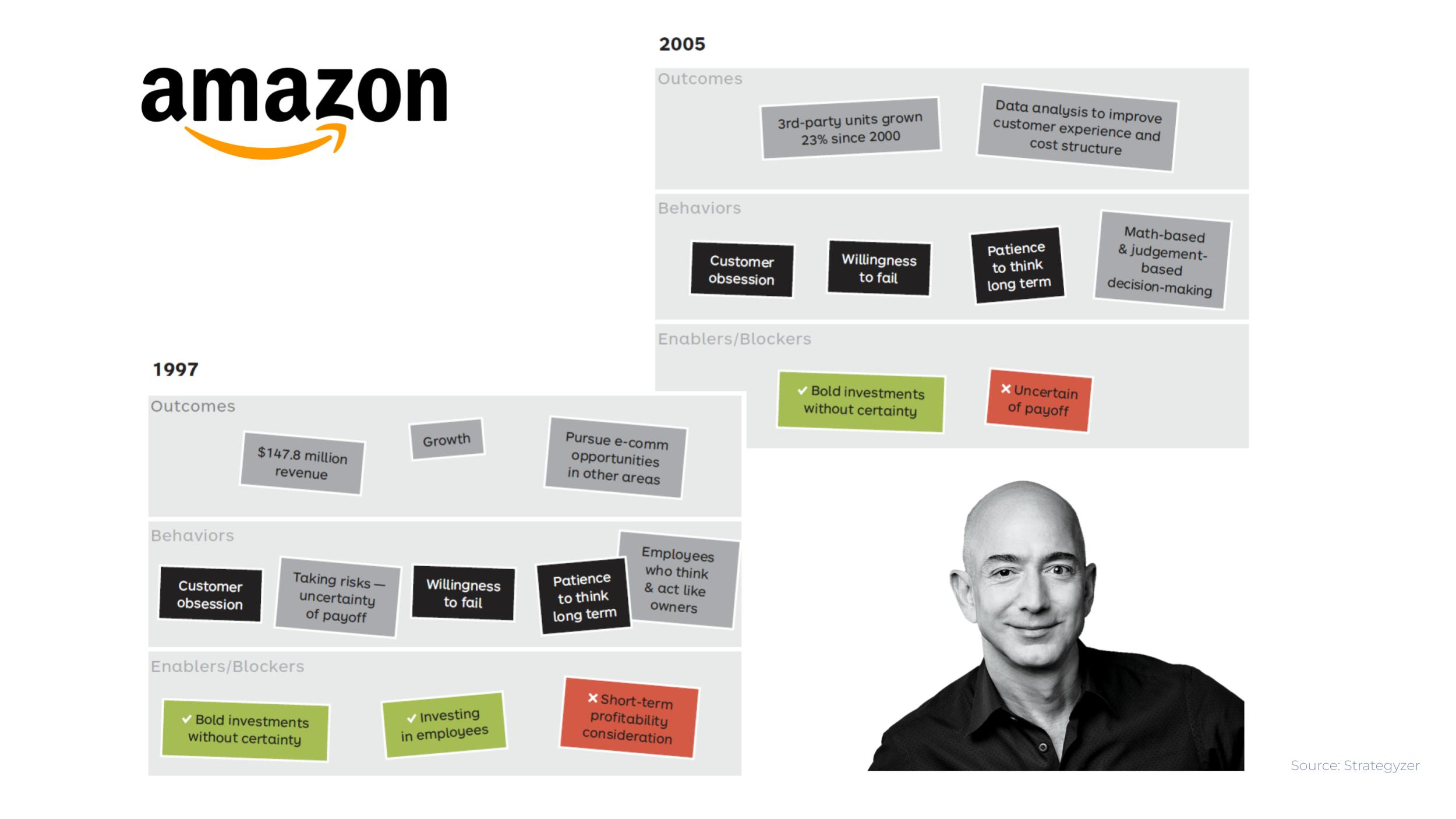
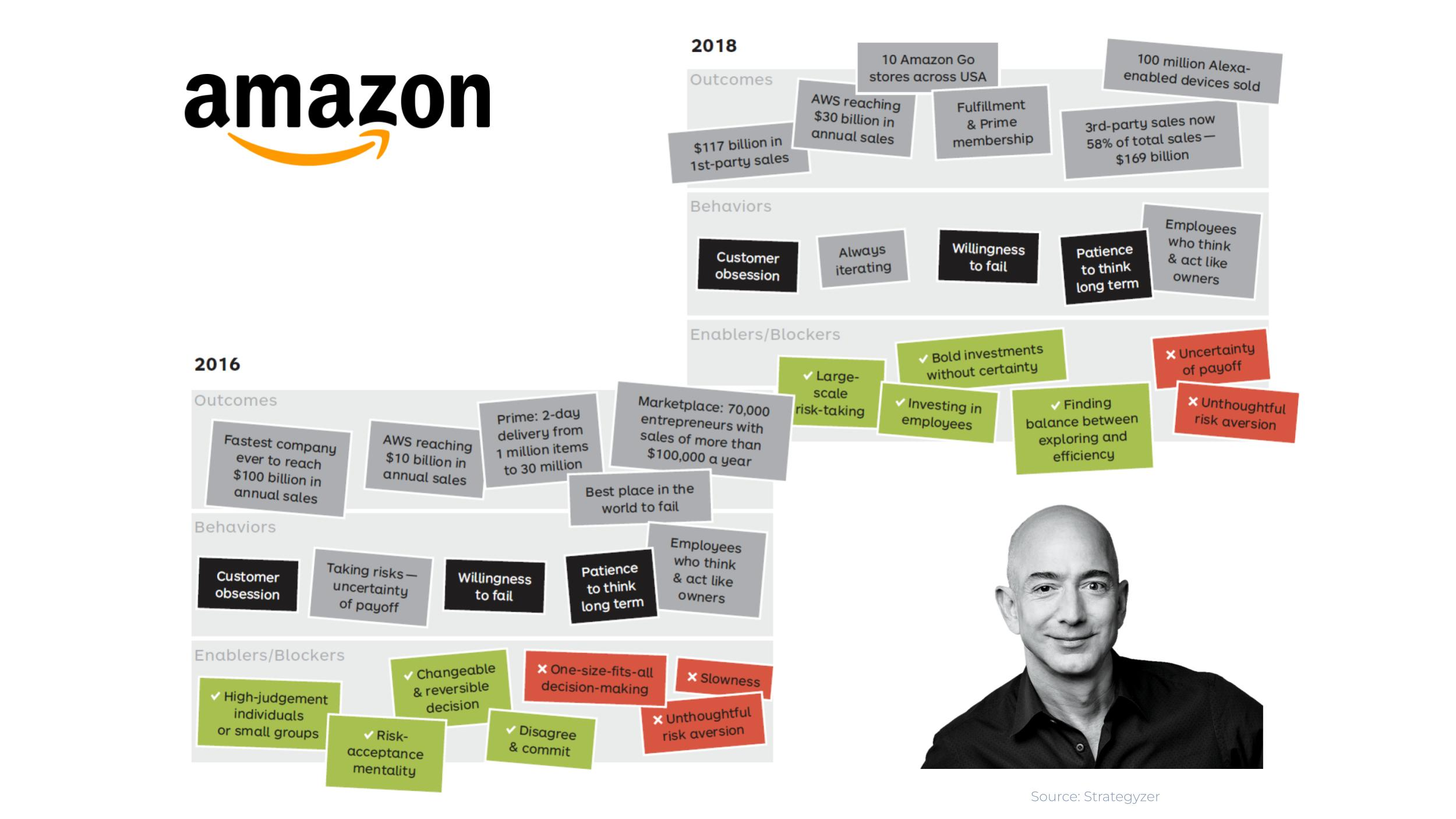
- Alibaba: Alibaba is an eCommerce company that has leveraged ambition and a great product to become one of the largest eCommerce companies in the world. Alibaba’s ambition is to create a platform that connects buyers and sellers in the global marketplace, while also providing logistics, payment, and financing services. The company’s focus on innovation, customer service, and social responsibility has helped it differentiate itself from competitors and build a global reputation for excellence.
- Zara: Zara is a fashion retailer that has leveraged ambition and a great product to become one of the largest and most innovative fashion retailers in the world. Zara’s ambition is to provide customers with high-quality and affordable fashion products that are inspired by the latest fashion trends. The company’s focus on design, fast-fashion, and customer service has helped it differentiate itself from competitors and build a loyal customer base.
Conclusion
In conclusion, ambition plays a critical role in driving the success of products, businesses, and teams. Companies that set ambitious business goals, product objectives, leverage emerging opportunities, and foster a culture of innovation and collaboration can create value for customers and stakeholders, and achieve lasting success while making a positive impact on society. The three paths of transformation – molecule-based, bytes-based, and electrons-based – provide a framework for companies to develop strategies that align with their ambition and focus on creating value for customers and stakeholders. The ambition design process, which involves a step-by-step approach to setting ambitious goals, developing a strategy, fostering a culture of innovation and collaboration, and monitoring progress, can help companies achieve their goals and drive transformation. By balancing ambition with a focus on sustainability and responsible business practices, companies can create a positive impact on society and achieve lasting success.
EpiProdux.com software offers a wide range of features to help businesses set and achieve their product and business ambitions. These features include:
-
unique product definition with product objectives,
-
customer segmentation with painful problems definition,
-
unique product feature definition,
-
market definition and market size estimate,
-
profitable marketing campaign planners, and
-
scalable business model design.
By leveraging these features, businesses can develop a clear understanding of their competitive landscape, identify emerging opportunities, and create innovative products that meet the needs of customers. The software’s data-driven approach to product development and product management helps businesses set ambitious goals, develop a strategy, and monitor progress, ultimately leading to lasting success and positive impact on society.
Frequently Asked Question
How does ambition help a business?
Successful development programs must have an audacious, ambitious plan of action. This motivates employees, sets expectations for what the firm is aiming for, and gives strategic reasoning for exploring out to other sectors.
How does ambition lead to success?
Ambition is necessary to accomplish a goal, but achieving it requires patience and hard work. People usually don’t get back to their destinations. But ambition gives you the motivation to continue to work towards long-term goals once your first success is complete.
What is ambition success?
Ambition is characterized by the burning belly. Often people are ambitious because they have goals, and they are willing to work towards them. Ambition is an inability to overcome a current condition that is motivating someone to achieve more.
What are some examples of being ambitious for success?
Continuously plan and set specific goals. Having motivation to achieve their goals. Just being satisfied if he/she has achieved his/her goal. Competing together with others to gain growth and success.
What is ambition, and how does it relate to business success?
Ambition is a strong desire to achieve something, such as a goal or a vision. In the context of business, ambition can drive innovation, growth, and success. Companies that set ambitious goals, leverage emerging opportunities, and foster a culture of innovation and collaboration are more likely to achieve lasting success and make a positive impact on society.
How can companies balance ambition with a focus on sustainability and responsible business practices?
Companies can balance ambition with a focus on sustainability and responsible business practices by setting ambitious goals for sustainability and social responsibility, investing in research and development of sustainable and environmentally-friendly technologies, and engaging with stakeholders to understand their needs and preferences. By balancing ambition with a focus on sustainability and responsible business practices, companies can achieve lasting success and create a positive impact on society.
What is the Ambition Design Process, and how can it be applied to products, businesses, and teams?
The Ambition Design Process (ADP) is a step-by-step approach to setting ambitious business goals, product objectives, developing a strategy, fostering a culture of innovation and collaboration, and monitoring progress. The ambition design process is invented by Alar Kolk. He developed EpiProdux.com software which is using AI tools to manage the Ambition Design Process for businesses pursuing product-led growth. It can be applied to products, businesses, and teams by defining the mission and vision, identifying emerging opportunities, setting ambitious goals, developing a strategy, fostering a culture of innovation and collaboration, and monitoring progress.
How can companies leverage ambition to create great products?
Companies can leverage ambition to create great products by setting ambitious goals for innovation and customer value, investing in research and development, and fostering a culture of experimentation and continuous improvement. By leveraging emerging technologies and customer needs, companies can create products that solve complex problems, provide unique value propositions, and drive transformation in their industries.


